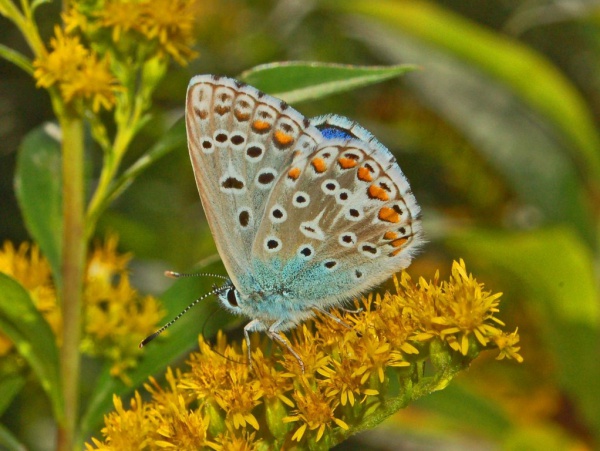Facts About Adonis blue
The Adonis blue butterfly, a member of the Lycaenidae family, is indigenous to the Palearctic ecozone and thrives in chalk downland habitats. The males are notable for their striking sky-blue wings edged with black lines and a white border, while the females exhibit a more subdued chocolate brown with occasional blue scales. The caterpillars are dark green with yellow stripes.
First described in 1775 by the German entomologist S.A. von Rottemburg, the Adonis blue has experienced population declines in Great Britain due to habitat loss from changing agricultural practices. To address this, conservation efforts and local Biodiversity Action Plans have been initiated to protect and revive these butterflies.
Adonis blues favor calcareous grasslands, where their larvae feed on horseshoe vetch. Typically, these butterflies are found in open areas, fallow lands, and sunny slopes, with a wingspan of around 3 centimeters. They are active from May to September, producing two broods within this period, and are often observed resting with their wings closed during the day.
Interestingly, the recent hot and dry weather associated with climate change has benefited the Adonis blue by creating more suitable habitats. Conservationists are promoting the growth of chalk-grassland butterflies through managed grazing programs. In a positive development, the Adonis blue was rediscovered in the Cotswolds in Gloucestershire in 2006, after having been absent for 40 years.

 Ireland
Ireland